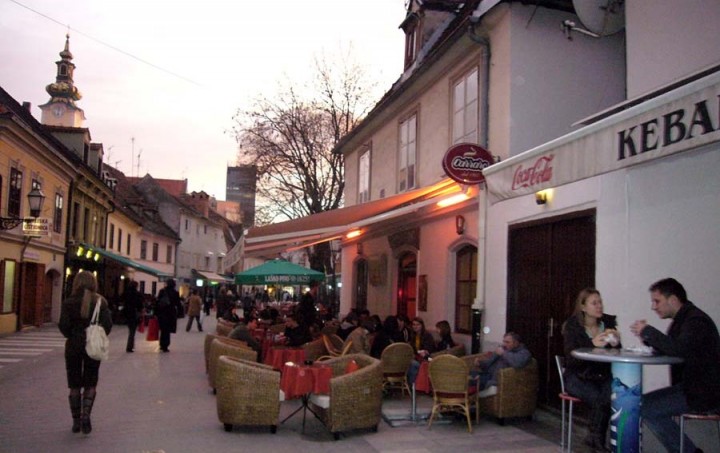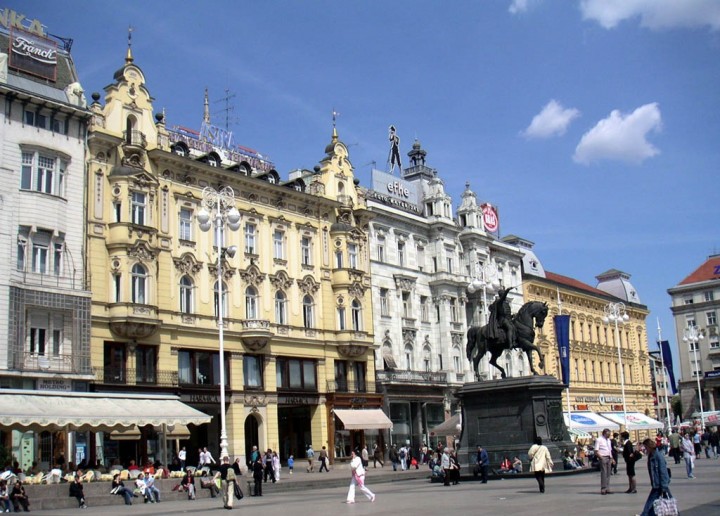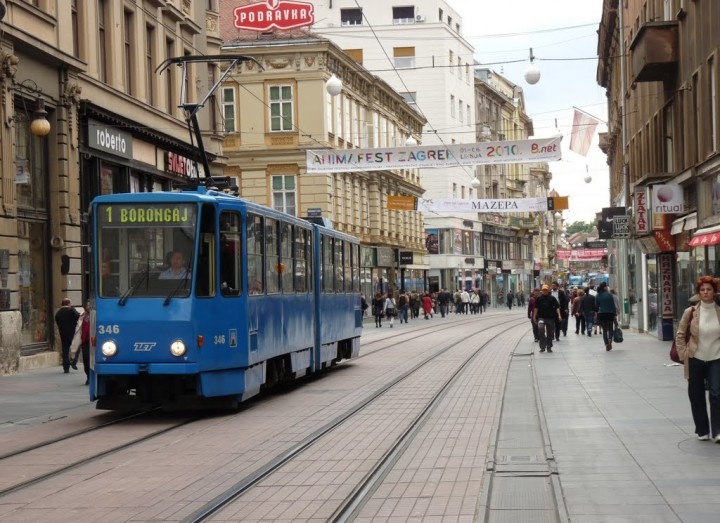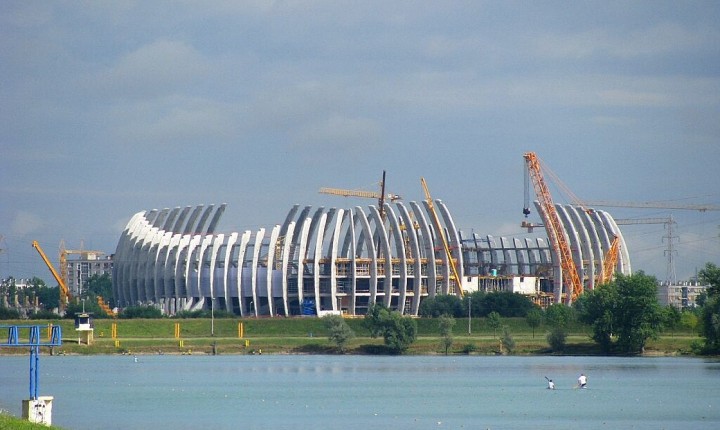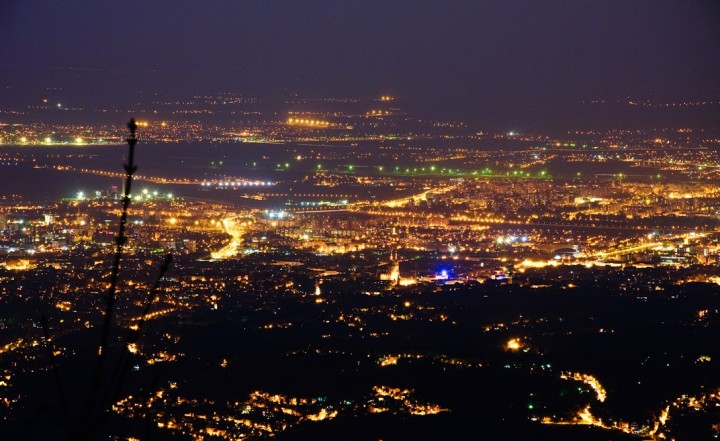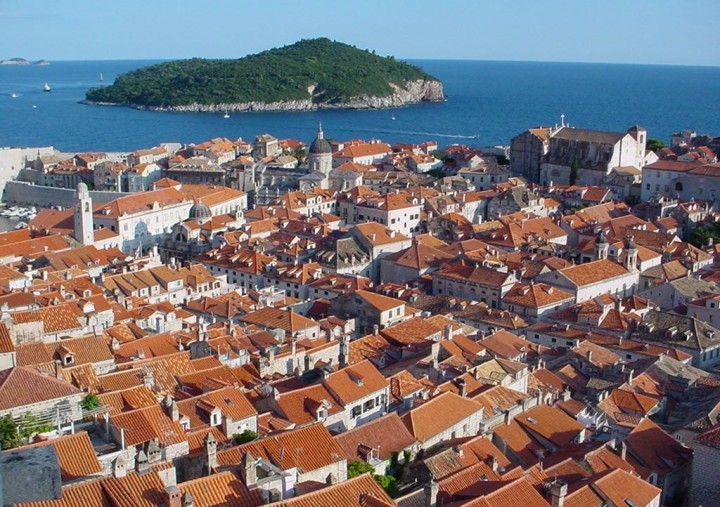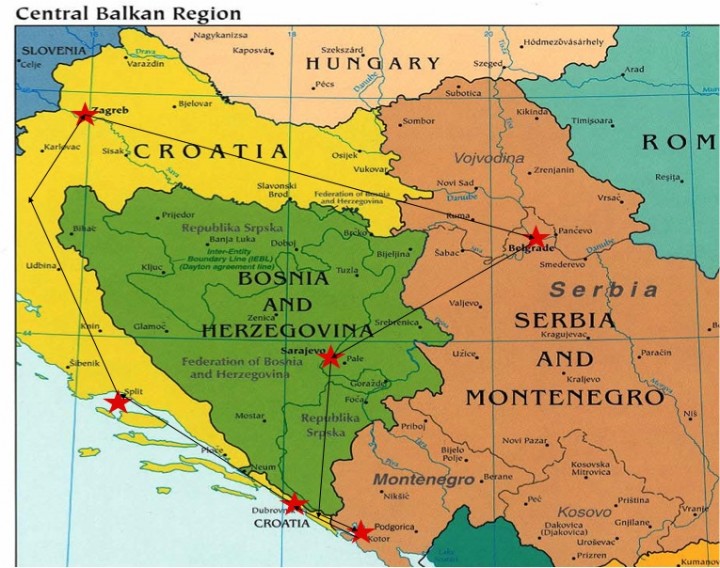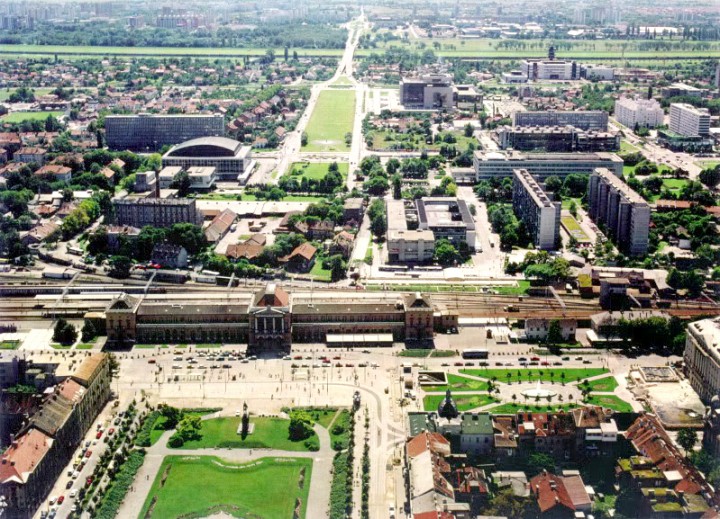Central European in appearance and in spirit, Zagreb still retains the influence of Vienna and Budapest with which he has been associated for so many centuries, unlike the environment of coastal populations have been under the influence of Venice . The capital of Croatia , Zagreb, has nearly 1 million inhabitants (a quarter of the nation) and is the economic, industrial and administrative center of the country.
The city was founded in the Middle Ages as two separate settlements, Kaptol and Gradec, that currently make Gornji Grad Kaptol was a religious center, built around the cathedral, while Gradec was the basis of artisans and merchants who met the needs of the clergy of Kaptol. Although relations between the two sides were somewhat strained outsiders considered the sum of both as a single population, they called Zagreb (meaning “behind the hill.”) In 1557, the settlement became the capital of Croatia, and parliament met alternately in Gradec and Kaptol.
The two sides finally came together in 1850 becoming the city of Zagreb. The second half of the nineteenth century enjoyed a period of economic and cultural development through train connections and the construction of Donji Grad Under the government of Yugoslavia, industrialization attracted foreign workers from neighboring republics and thus grew suburbs. During the war of independence, Zagreb was not greatly affected by the fight, although the Croatian Parliament was bombed in 1991. Nevertheless, the economic and social consequences, industrial collapse, the flow of refugees, along with corruption policy, left the city quite shabby. Zagreb is striving to become a member of the EU, which may happen in 2009.

